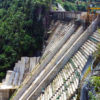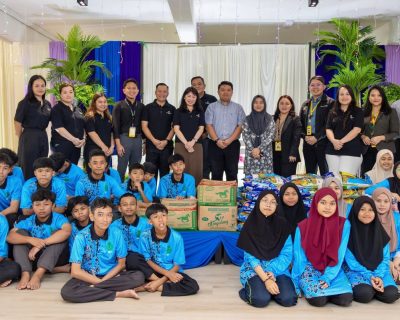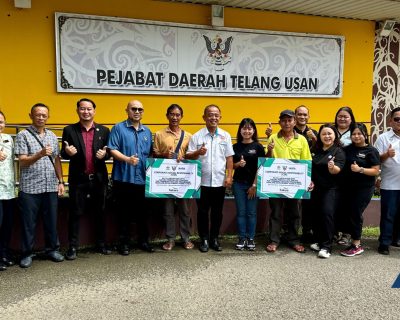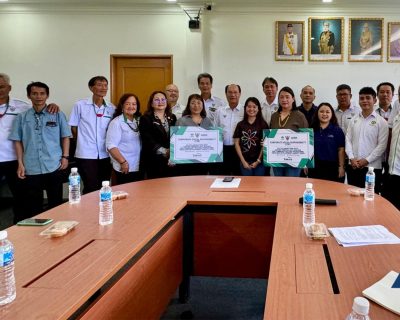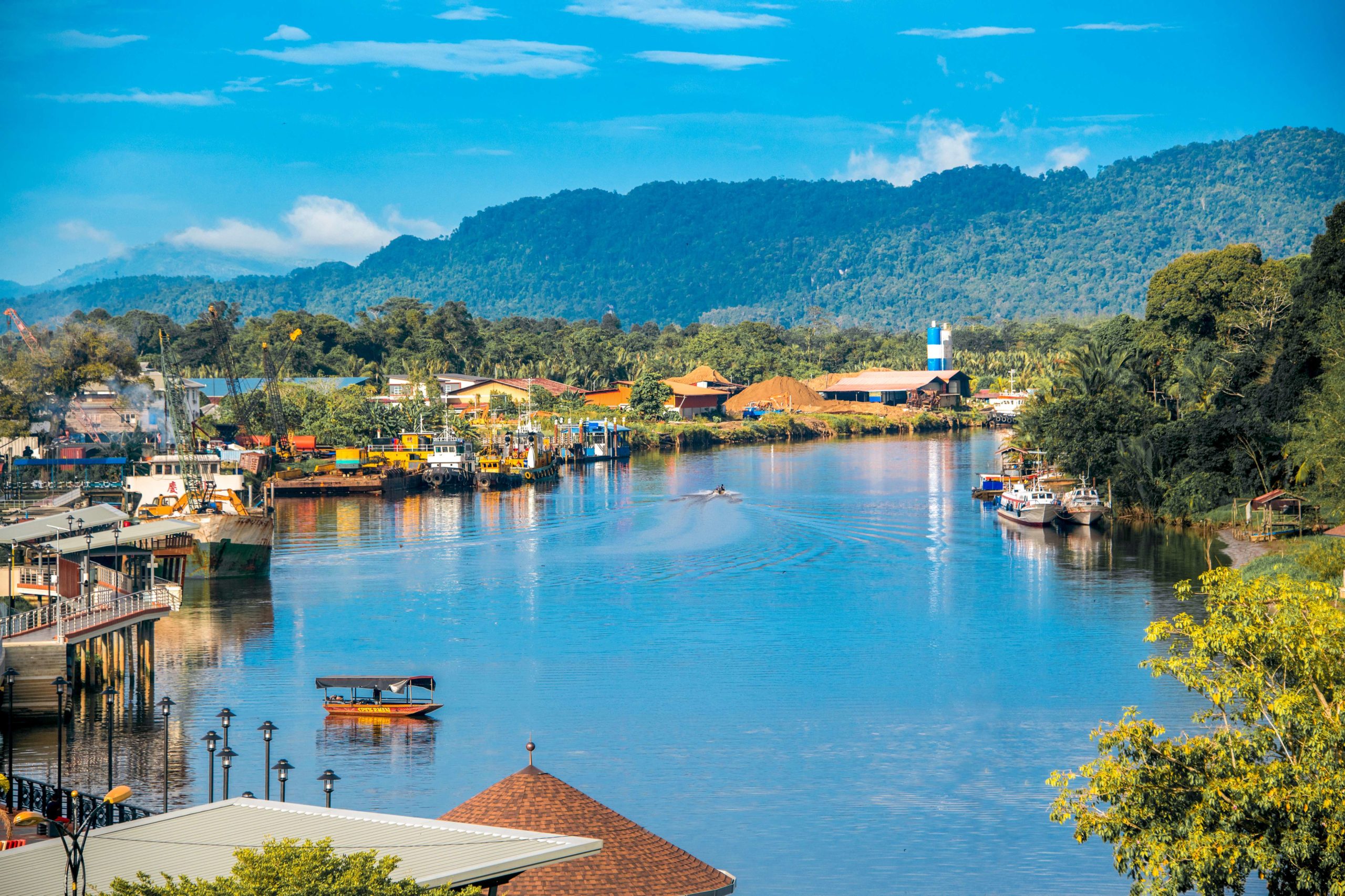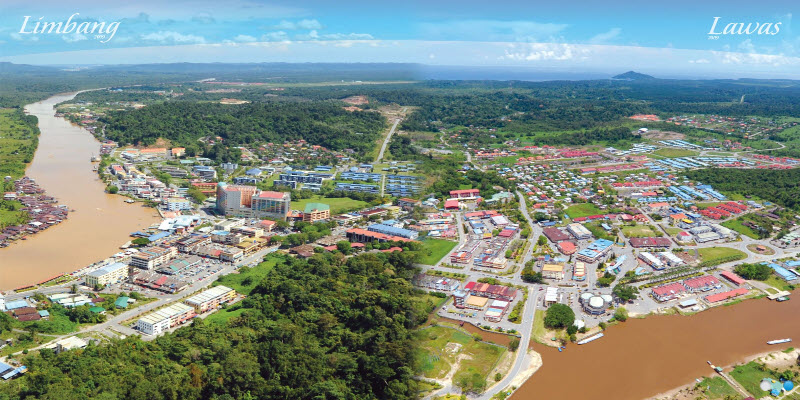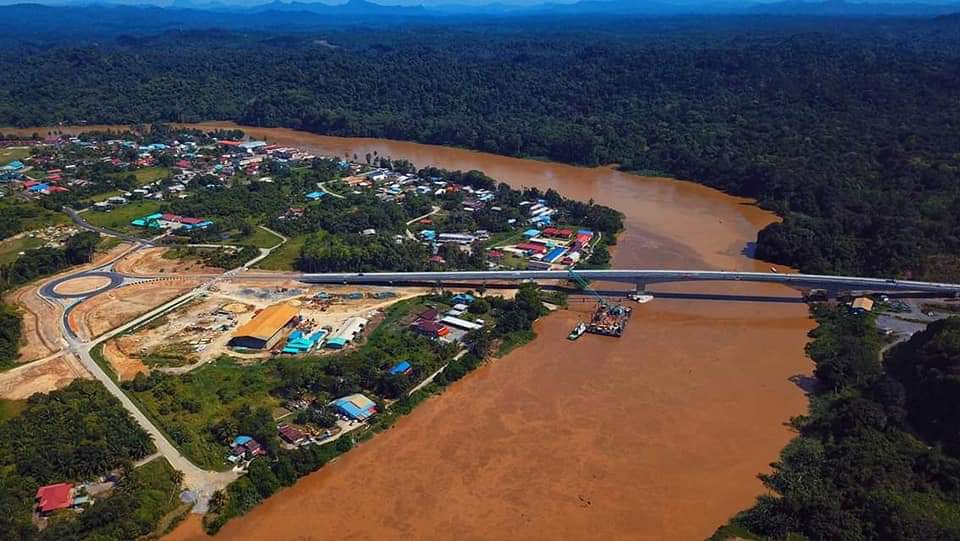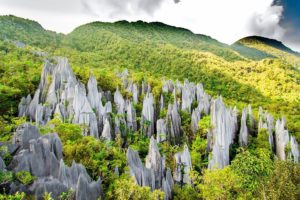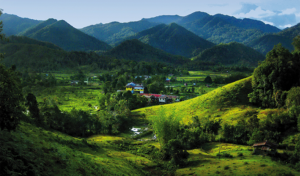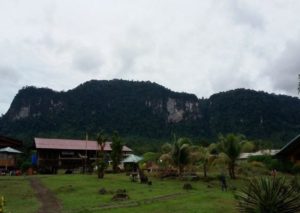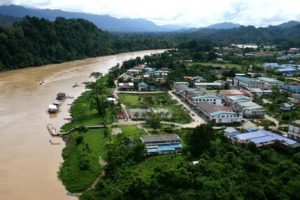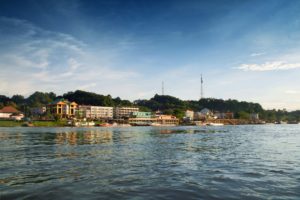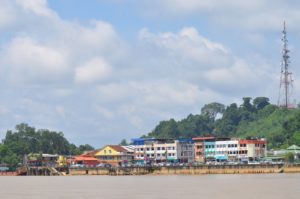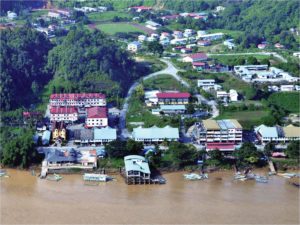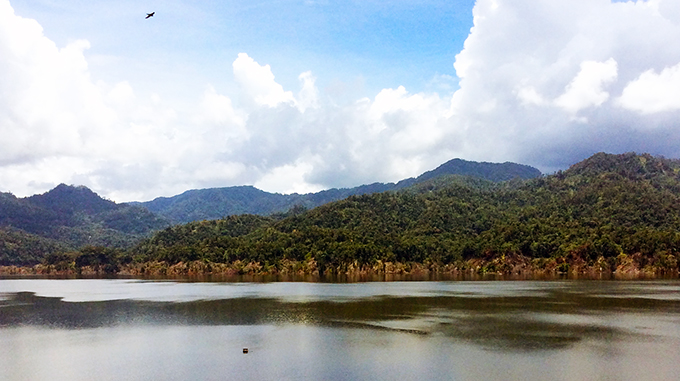
Balancing our energy needs with the needs of the planet
One of the challenges of Twenty First Century living is meeting our growing energy needs, while acting responsibly to our planet and the environment. So although inexpensive energy is a key requirement to meeting those challenges, the flip side is that the great majority of our energy use conflicts with our need to act responsibly to the planet. And that is why renewable energy is so vital; not only for our future, but that of our children and grandchildren.
Solar, wind and tidal energy are incredible weapons in our arsenal of renewables, but solar and wind generation are dependent on the vagaries of the weather, and tidal energy is still in its infancy.
Which is why, if the natural environment is suitable, hydropower is the answer to both our responsibilities and our needs. And this is where the Murum Dam comes in. Dams need certain ecological topographies such as complementary geography – you can’t build one in a flat, featureless landscape. Dams also make sense in regions with high rainfall, otherwise the exercise is pointless, and in Sarawak, you have such conditions.
The Murum Dam is an example of how economic corridors such as SCORE, when judiciously planned and forming part of a comprehensive development strategy, demonstrate the theory that for an initial investment, returns on a number of levels can be impressive. And the creation of SCORE and the decision to move ahead with the development of hydropower in Sarawak has been compared with Franklin D Roosevelt’s New Deal.
Following the economic turmoil of the early 1930s that saw millions of Americans out of work and the economy on the brink of collapse, Franklin D Roosevelt knew he had to do something drastic and almost revolutionary to pull America out of the depression and get it back on it’s feet. Roosevelt knew that America had to rebuild, and so he initiated a raft of reforms to transform the economy and lay the foundations for the largest economy in the world.
The Murum project has emulated this decisive, comprehensive and bold approach and is already relieving the burden of local communities and creating employment with further benefits likely as investors see the potential for tourism and other industries.
As the world’s population continues to grow, the demand for inexpensive, clean energy will also grow especially as investment and development of nuclear power diminishes following the Fukushima disaster in Japan, and as countries such as Germany decommission existing plants and reduce investment in the industry.
In addition to generating revenue for the state government, better living standards for local communities, development and employment, there is also great potential for downstream industries and compatible industries such as tourism.
As the success of Murum and other dams becomes known globally, Sarawak and the engineers and technicians employed by the dams and related industries have the potential to become leading authorities in the industry.
Sarawakian companies will be able to turn their expertise into consulting for the international market, raising the standard of living of the people and giving the children of the State a future that their parents can be proud of because they were instrumental in the development of an industry that met the challenges of a growing population whilst doing as much as possible to protect the planet.


